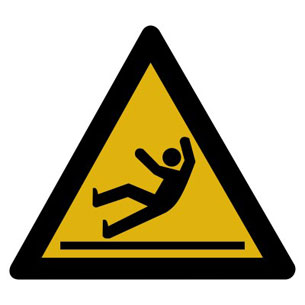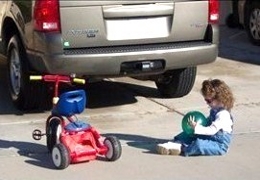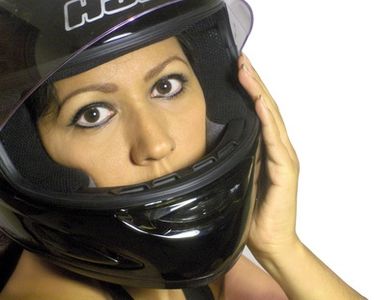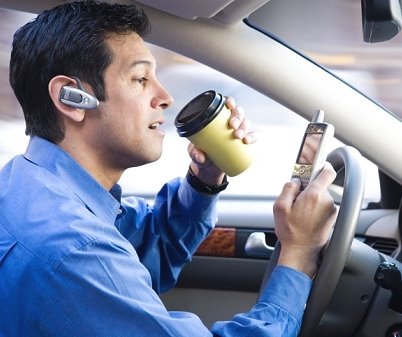 One of the best ways to avoid further accidents is to understand how an accident occurred and how to avoid that type of accident in the future. The accident investigation is a tool. The goal is not to lay blame. The goal in an accident investigation is to:
One of the best ways to avoid further accidents is to understand how an accident occurred and how to avoid that type of accident in the future. The accident investigation is a tool. The goal is not to lay blame. The goal in an accident investigation is to:
- Satisfy legal requirements (National Institute for Occupational Safety and Health? NIOSH, and Occupational Safety and Health Administration?OSHA)
- Find out what happened and determine immediate and underlying or root causes.
- Rethink the safety hazard.
- Introduce ways to prevent a reoccurrence
- Establish training needs.
- An accident, a near miss and an incident should all be investigated.
- Accident investigations are a tool for uncovering hazards that either were missed earlier or require new controls (policies, procedures or personal protective equipment).
- Near-miss reporting and investigation identify and control safety or health hazards before they cause a more serious incident.
- Incident investigations should focus on prevention.
ACCIDENT — an undesired event or sequence of events causing injury, ill-health or property damage.
NEAR MISS — near misses describe incidents where, given a slight shift in time or distance, injury, ill-health or damage easily could have occurred, but didn’t.
INCIDENT — an incident is an unplanned, undesired event that hinders completion of a task and may cause injury or other damage.



